This post contains affiliate links. Please see our disclosure policy.
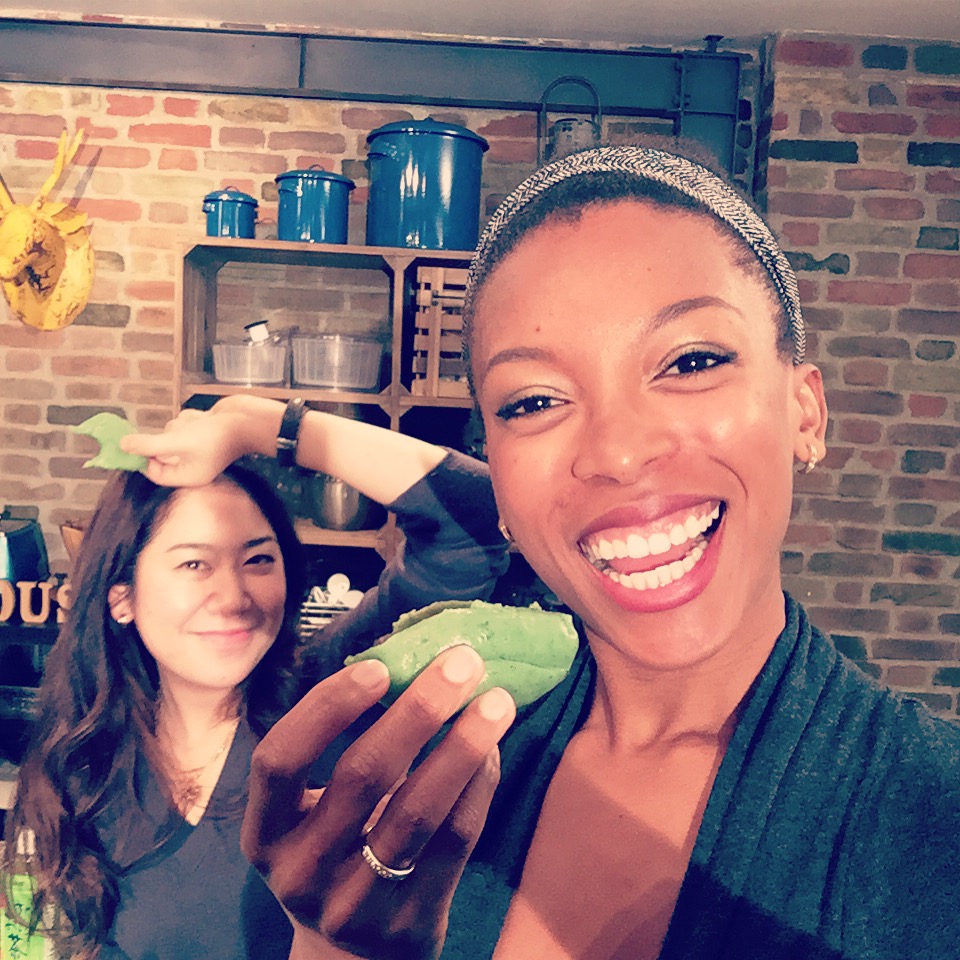
Then I went to the world wide web and typed in HappyCow.net
Happy Cow is a website I’ve used many times to find vegan eats around the world. It’s like the veggie Yelp. It’s user driven, and there are photos, reviews, directions, hours of operation, and notes like “there is no English menu here”. It’s a truly invaluable resource (I have the app on my phone) for vegans who like to travel.
When I searched Tokyo and Kyoto on the Happy Cow website I was surprised to find so many strictly vegan restaurants. Being that Japan is a Buddhist country, I knew the naysayers had to be wrong. There had to be some compassionate souls––beyond the monks––on the island. I guess the non-vegans don’t know about Happy Cow, and thus don’t know about the many vegan restaurants in their midst. And perhaps their starving vegan friends weren’t yet hip to this great site/app. I shed a tear for them.
What did I find on Happy Cow?
What I found using the Happy Cow app, plus searches on TripAdvisor, were a number of delicious vegan restaurants catering to many different tastes. There was the shojin ryori inspired take out spot in Akihabara, and the world fusion place in Ikebukuro. Though I didn’t make it there, there were noodles in Tokyo station (T’s Tan Tan), and lots of opportunities to find bliss in the many kinds of mochi.
I admit, Japanese cuisine does contain a lot to fish products. On my first day there I accidentally ate a kelp jelly that contained bonito and scallop extract…whatever that is. I also had some pickles in Kyoto at Nishiki market that probably contained bonito, and not knowing the language makes it hard to double check the ingredients. However, I didn’t starve in Japan. On the contrary, I ate very well. I even have a suitcase full of goodies to show for it. Japanese food has always been a favorite of mine, and now I love it even more.
So! Let’s talk about where you, my fellow vegan eater, can find delicious nourishment in Tokyo and Kyoto. I can’t wait to share these yummy bites with you!
TOKYO EATS
Ain Soph Soar
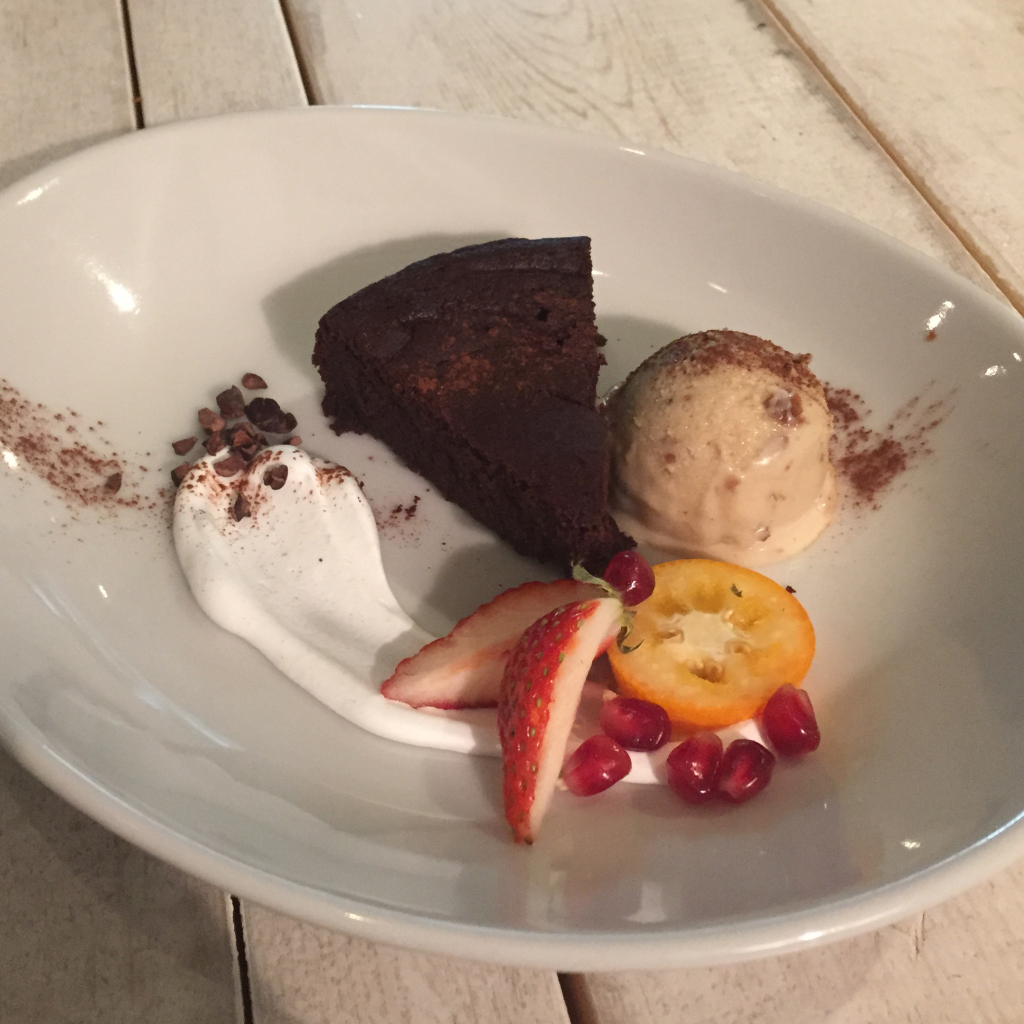
T’s Restaurant

Mochi from Asadaya in Akasaka
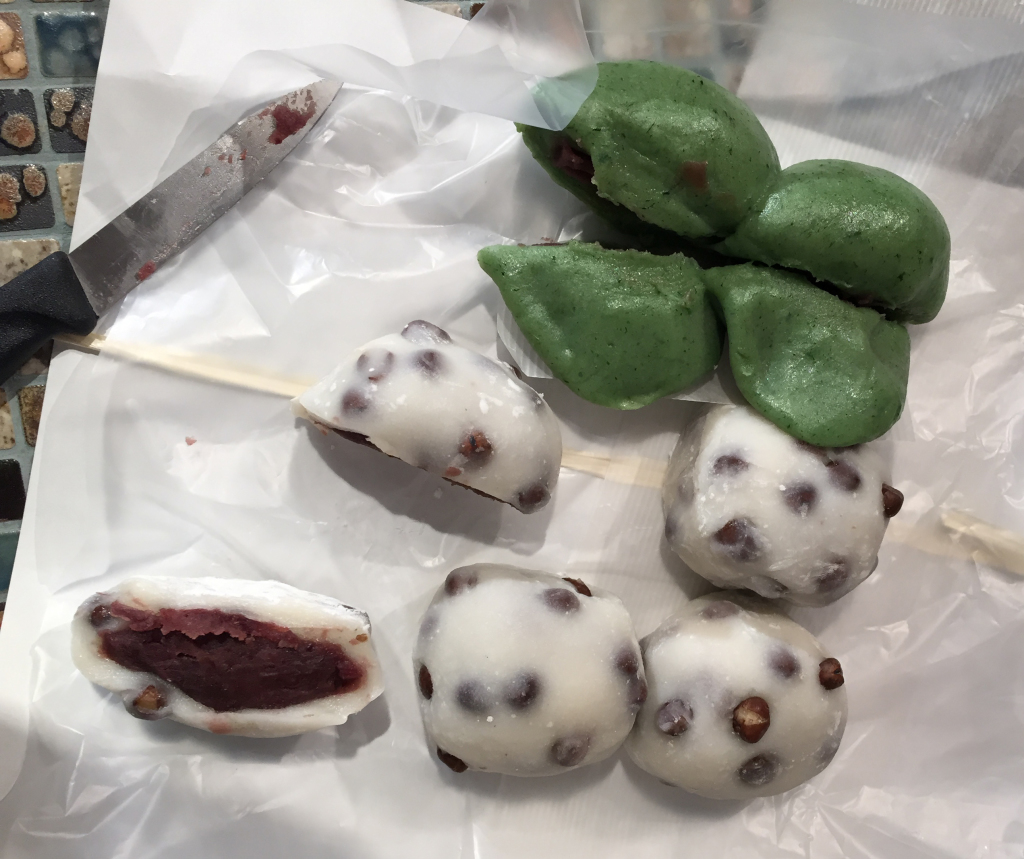
I filmed a cooking show in Tokyo with Japanese cooking show host Ryoya of Peaceful Cuisine, and the guys in charge at the studio brought us mochi from this place. Many people die during New Years celebrations from asphyxiating on mochi, and I understand why. The stuff is so good, you just wan to inhale it. So be careful and pace yourself!
There are other Japanese desserts that happen to be both vegan and incredible. My other favorite is kintsuba, which I found in Kyoto. Traditionally the Japanese use a ton of rice and adzuki beans in their sweets. No eggs or dairy necessary. Still, if you come across something with chocolate it’s probably not vegan. You can always ask to make sure. Pull out that Google translate app, and ask, “does this have egg or milk in it?”
Brown Rice Café
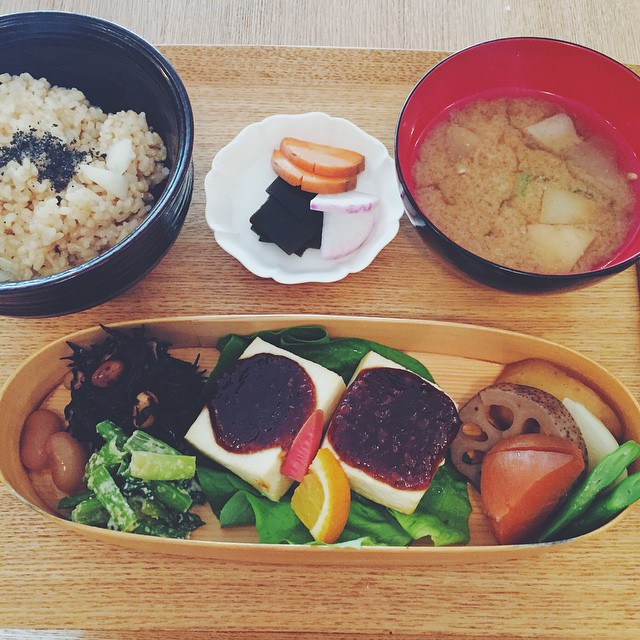
Komaki Syokudo & attached market
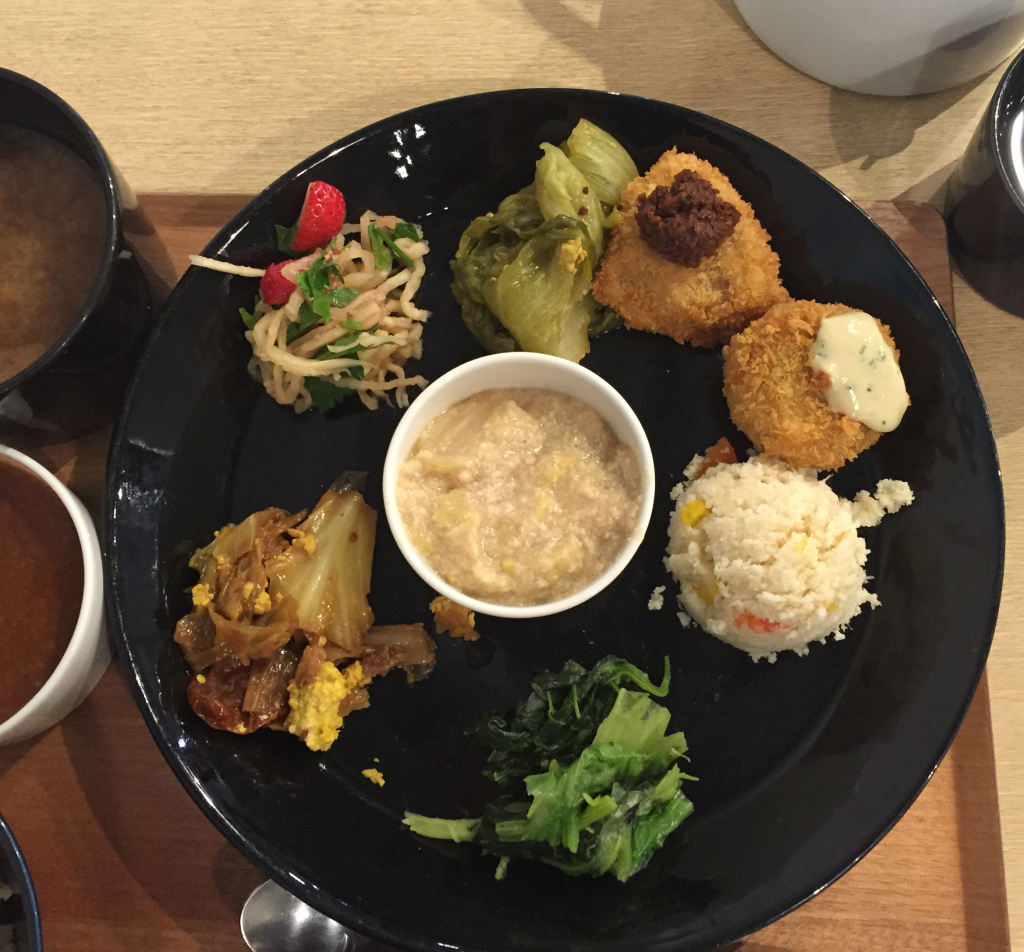
In shojin ryori the cook strives to waste nothing. For this reason the cuisine utilizes things like tofu pulp from making milk, and other odd goodies. The food here is so interesting and delicious. My favorites were the tofu pulp, rice balls, and the curry. Oishi!
This eatery is definitely no frills, but the gourmet market it is located in is very nice, and worth a tour once you’re finished with lunch.
KYOTO
I ended up cooking for myself most of the time in Kyoto. For breakfast I would have oats, or rice with kabocha squash. For dinner and lunch I’d whip up a clean and delicious meal with an assortment of the mysterious greens I found at the markets. Japanese kitchens are miniscule, and make NYC kitchens look huge. I only had 1 burner in each place I stayed, so I cooked a large amount of rice and soba, and kept it fresh in the fridge until I needed to use it for a whole dish. I highly recommend staying in an Airbnb if you like to cook. Japan has so many amazing spices, noodles, and produce and it’s a joy to try them out right away. If you use this link you’ll get a $25 credit on your first Airbnb booking! Now, on to the food…
Vegan’s Café
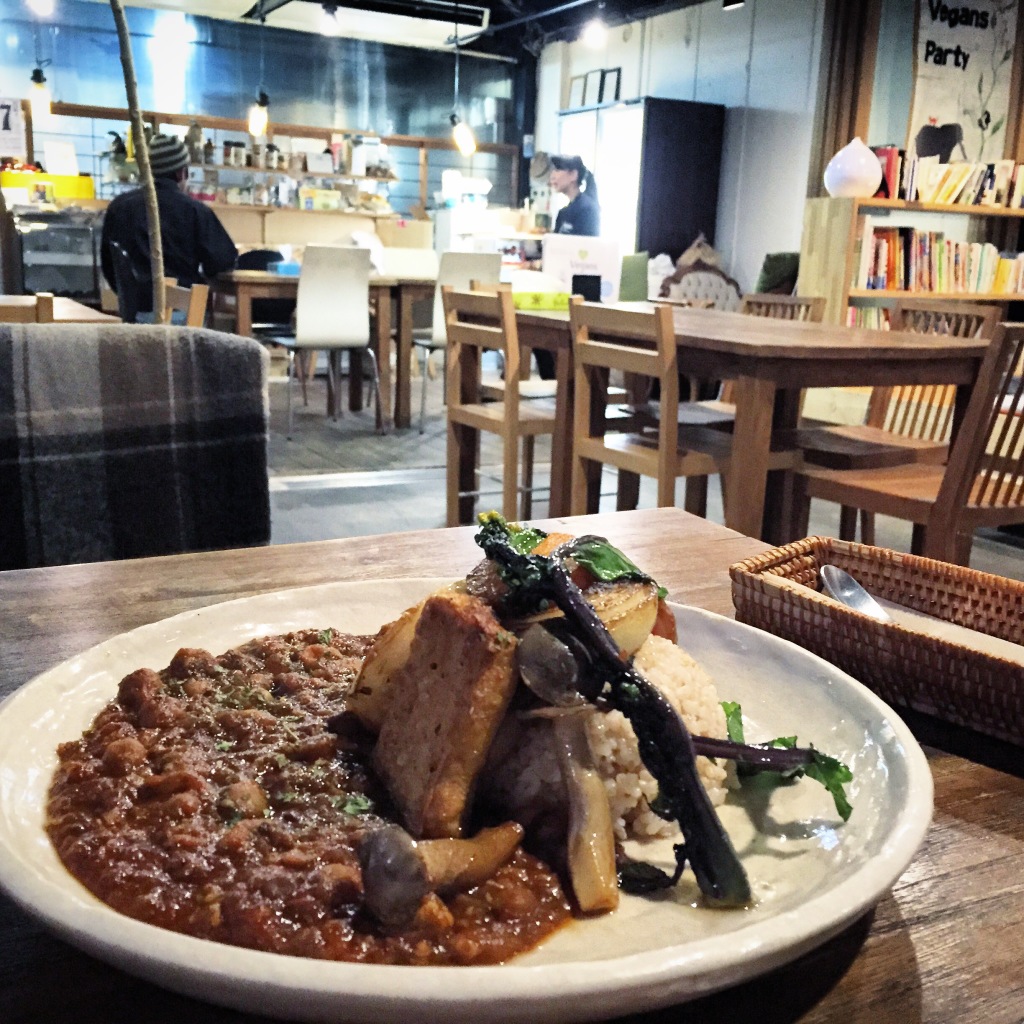
There is a mini grocery store above the restaurant. You can purchase fresh produce, teas, beans, rice, sauces, oils, and more. And it is kind of fun that they make you remove your shoes before coming into the grocery part. Oh, I love Asian culture!
Shigetsu: Tenryu-ji Shojin Ryori (or Syojin–ryouri Sigetu)
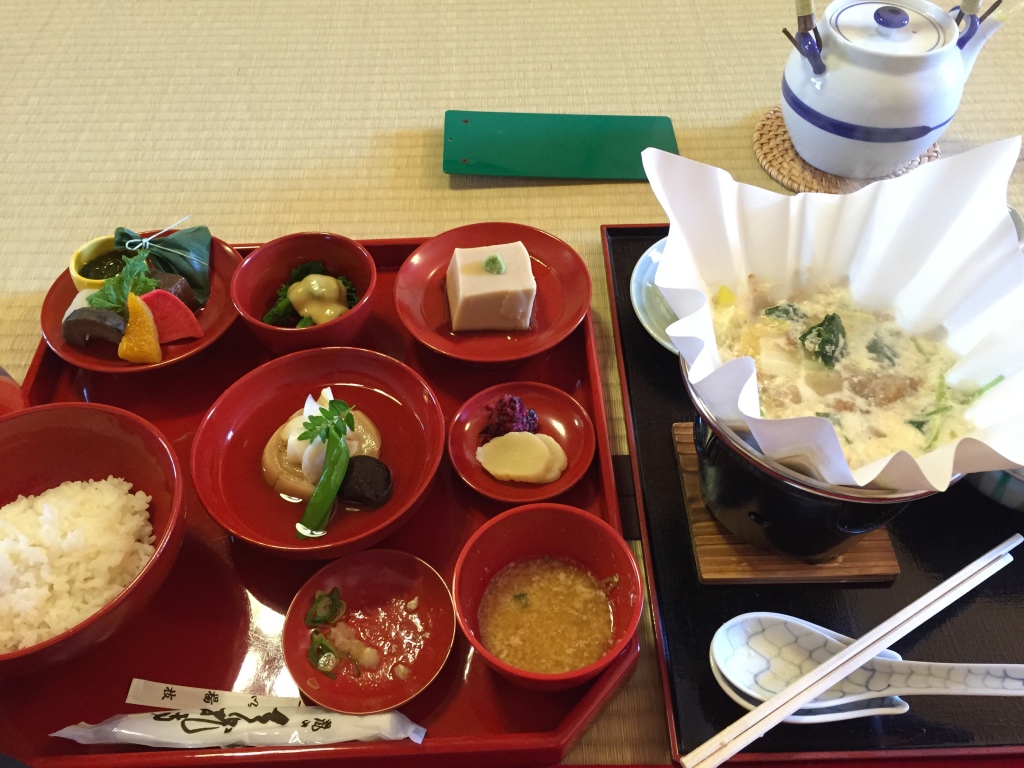
Perhaps my most interesting and exciting meal in Japan was the shojin ryori at this place. First thing it has going for it is it’s stunning location adjacent to the majestic Tenryu-ji temple right under the Ashiyama mountains. Guests eat in large communal rooms, and sit directly on the floor (though alternative seating is available if needed). No shoes are allowed in the restaurant, so make sure you wear nice clean socks (goes for all of Japan). Like all shojin ryori you simply order the set you’d like––I opted for the lunch set for 3,000 yen), and a drink if you want one. Before you know it you’re presented with a large tray of beautiful food.
In shojin ryori (and much of Japanese cooking) balance of flavors is key. On your tray you’ll find something sweet, sour, bitter, salty, light, and hot. Though I couldn’t tell you what half of the dishes on my plate were, the pickles, mochi, and greens with a cramy miso sauce were my favorites. Each dish is served on a very small bowl or plate, and there is a ton of food. 30,000 yen may seem like a lot of money for lunch, but the experience and quality of food is well worth the price. I can’t wait to do it again.
Sake Bar Yoramu
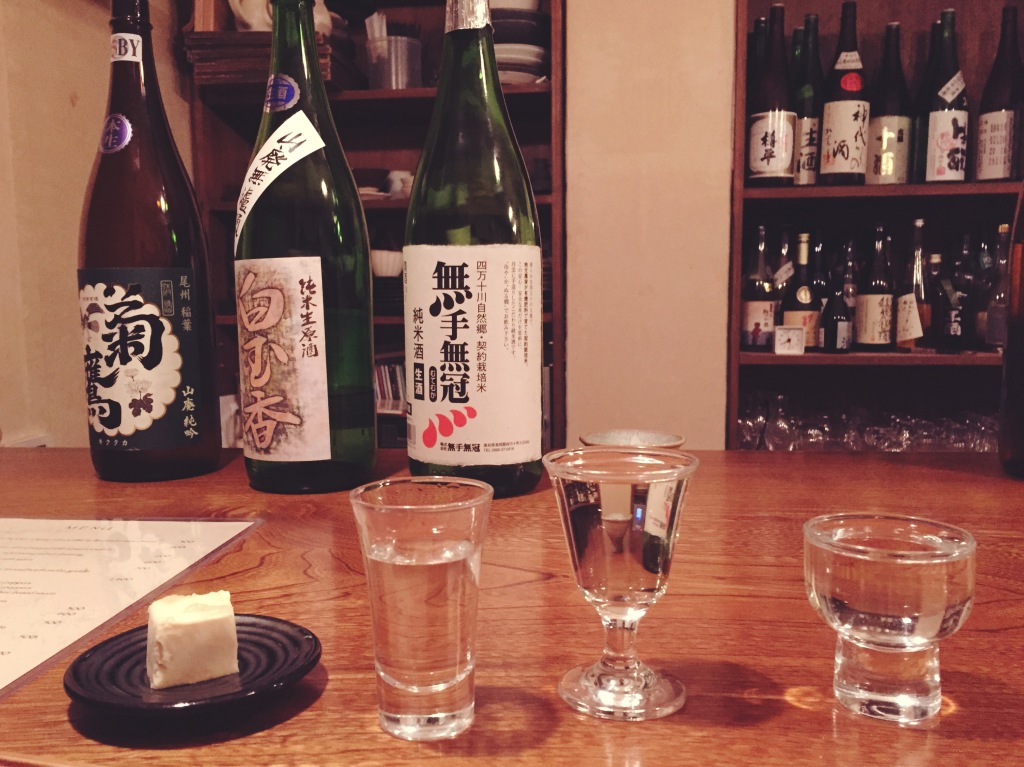
Yoram seems to be a quiet and thoughtful guy, and he really really REALLY knows his sake. Oh, and he’s vegetarian! Though he insists people not come to his bar for the food, you’ll find a menu of vegetarian nibbles that make the perfect accompaniment to the sake. For 1500Y Yoramu will hook you up with 3 different sakes. I don’t know what I was drinking, but I know they were all fantastic. To eat, I had the tofu aged in miso. Blissdom!
Kyoto Yaoichi Gourmet Grocery Store
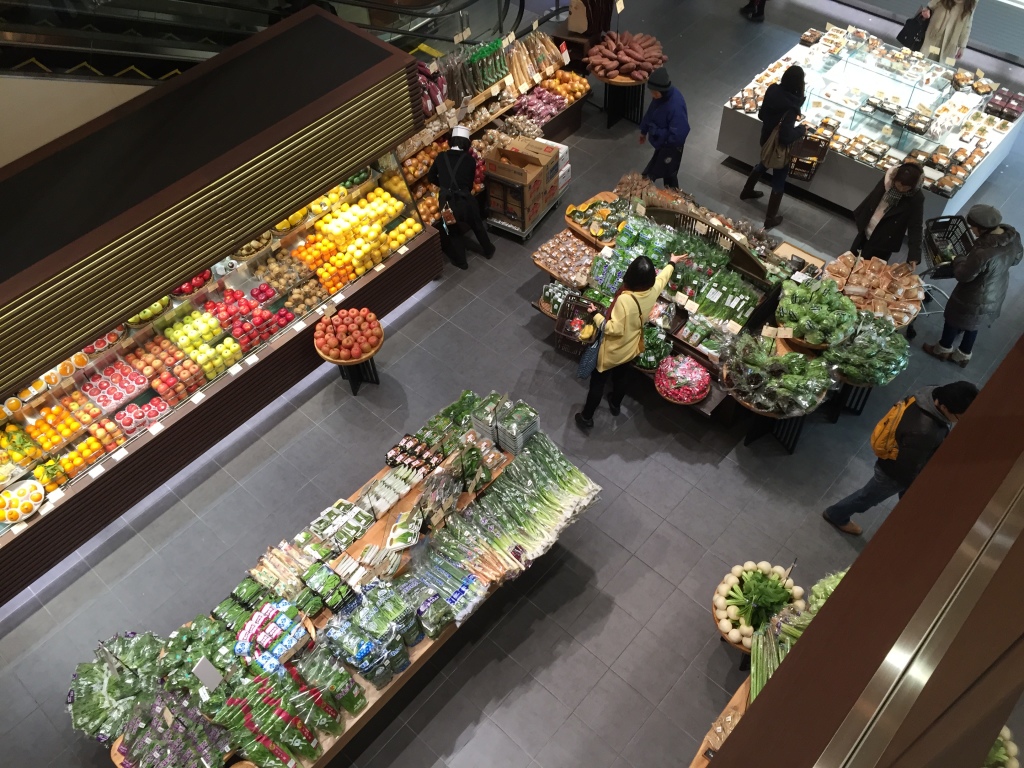
If you’re going to cook for yourself, which I did a lot, then this is the place to shop. You can find anything you’re looking for: great bread, bulk goods (cheapest for rice and legumes), American and other foreign products, teas, a bar, a coffee shop, and even a kitchen wares section.
However, it does have one strange quality, the people working there, especially in produce are yelling things constantly. Click here to listen to the madness. I have no clue what they’re saying, but stay in the store for long enough and it starts to sound nuts!
Mochikiya in Nishiki Market
Man oh man. You already know how much I adore mochi right? Well, this place is a whole mochi restaurant. Located about halfway through Nishiki market, you won’t miss it because there are people grilling mochi right out front. Either stop and take some to go, or go inside and grab a table. I did a little of both. When I dined in I ordered the 3 mochi combo. One was dusted in yellow soy powder, the other wrapped in seaweed, and the third was topped with red beans. It came with a little extra mochi too, a cold jelly with red bean paste on the inside.
This place is super easy to find in the market, but you should also make your way to near Gion, where you can find min mochi on a stick dipped in a sweet soy sauce, flat crepe like mochi, and a couple and red bean or sweet potato squares surrounded by mochi. Vegans certainly cannot go wrong with these fantastic Japanese sweets.
Nishiki Market
Nishiki market has been operating for hundreds of years, and is a must-visit spot on my list. You’ll find a wide assortment of pickles (most not vegan), sweets like mochi, produce, kitchen ware, and other things I’ve never encountered before. There’s a good deal of fish and seafood for sale, but very little red meat. Unlike other countries, you won’t find dead animals handing on display, or be assaulted by the smell of stinking flesh here. I wish we had places like this in NYC.
Camellia Tea Ceremony in Higashiyama
Next to shojin ryrori a tea ceremony is the next best traditional activity you must treat yourself to. Camellia is located in a 100 year old Geisha ryokan on one of the town’s most beautiful streets. When you enter the building you feel like you’re transported back in time.
For hundreds of years green tea, which came to Japan by way of China, has held a very special place in the culture. The best green tea, uji matcha, comes from the Kyoto region, so going to a tea ceremony here is extra special. In this sacred ceremony you’ll get to observe and try out the crucial steps it takes to get from tea powder to heavenly elixir. I made sure to bring home lots of uji matcha so I can attempt my own ceremonies back in NYC.
Make sure to grab some mochi on a stick from the vendor on the street level right below Camellia. After that make a right turn, and be on the lookout for a woman making my other favorite sweet, kintsuba. Photo below J This stuff comes in a variety of different flavors, so go nuts!
Clearly I didn’t have any real issues being vegan in Japan. I just arrived back in the states yesterday, and I already miss it terribly; I would love to go back again next year in the spring.
I hope these tips help you to plan your future Japanese adventure. If you have any recommendations for places to visit there, please post in the comment section below. Let’s show the world that the vegan community in Japan is indeed alive and well!
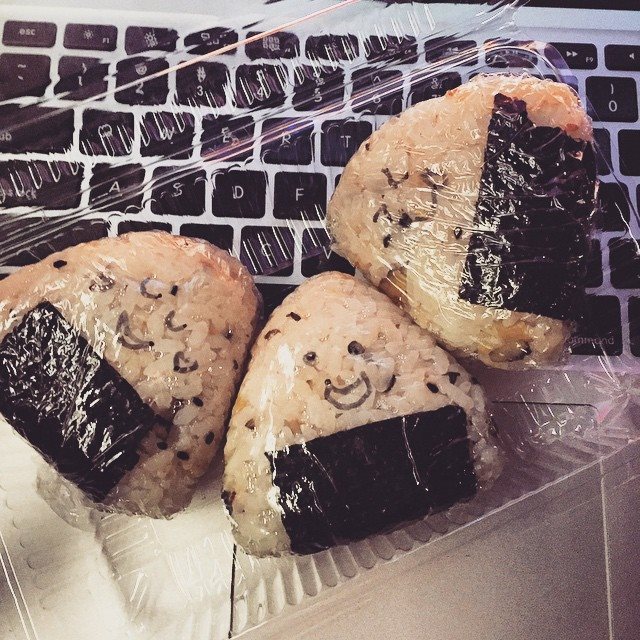
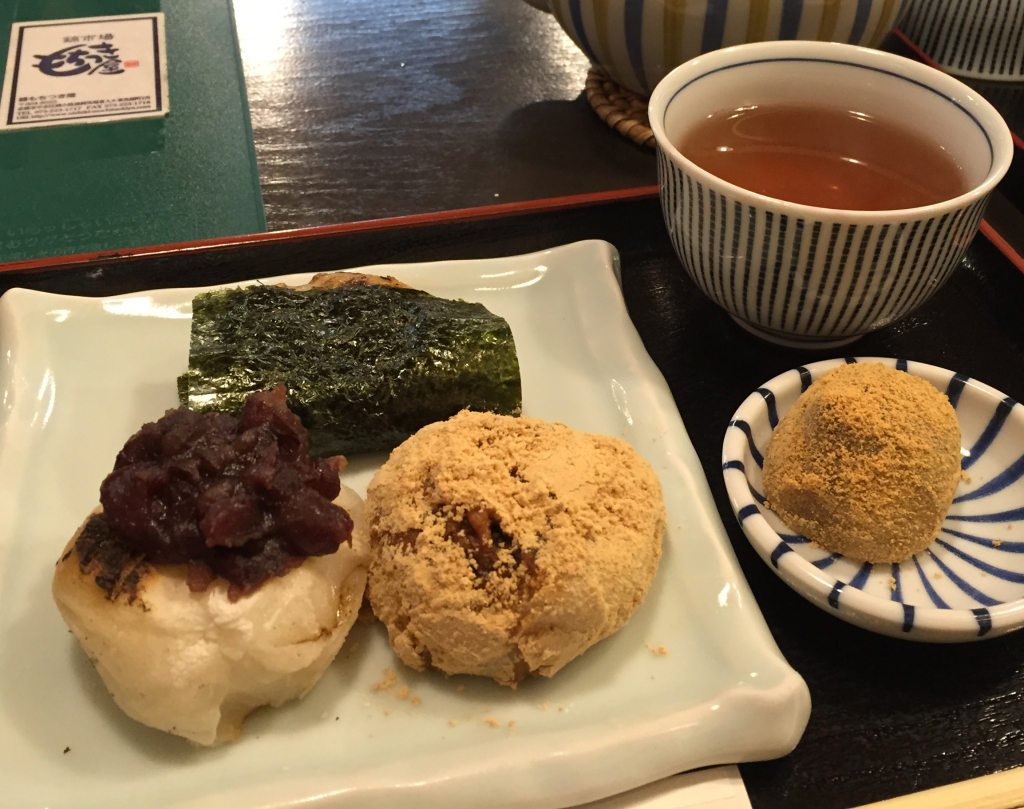
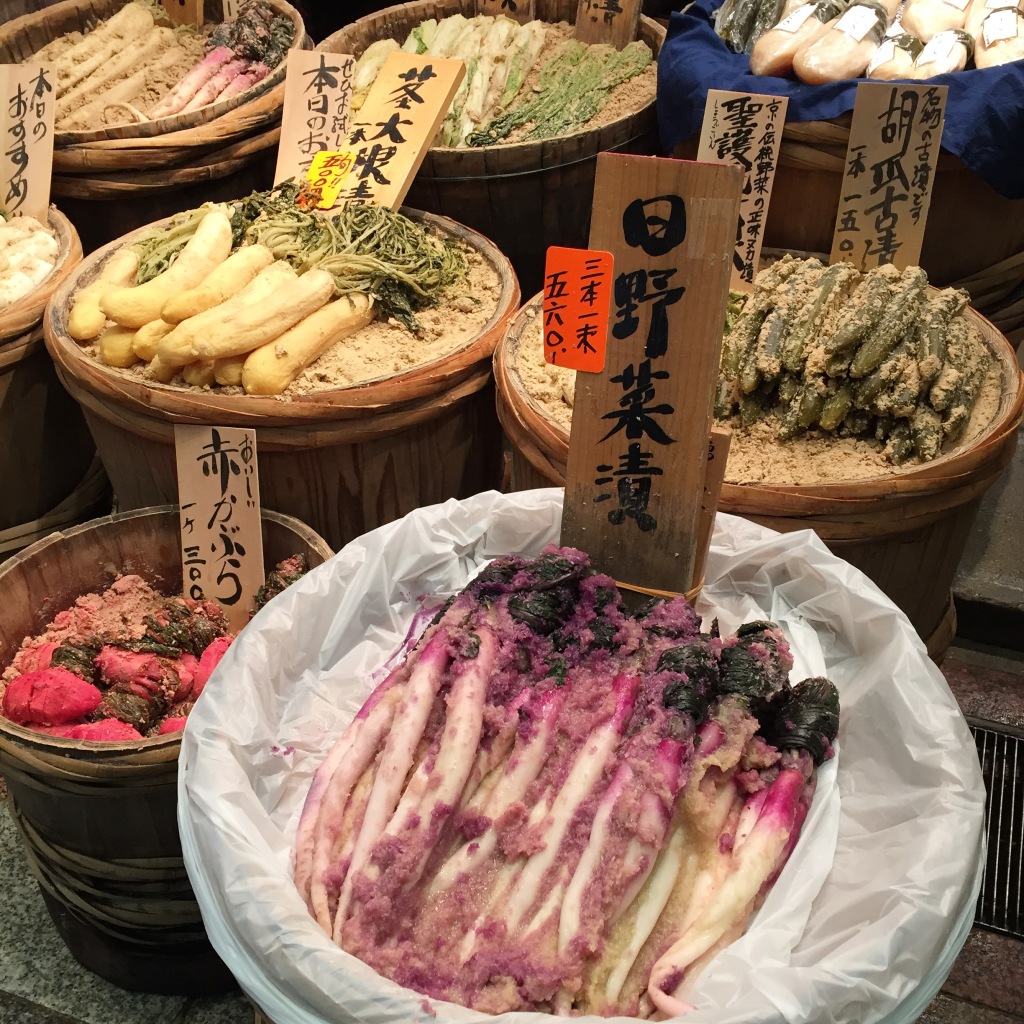
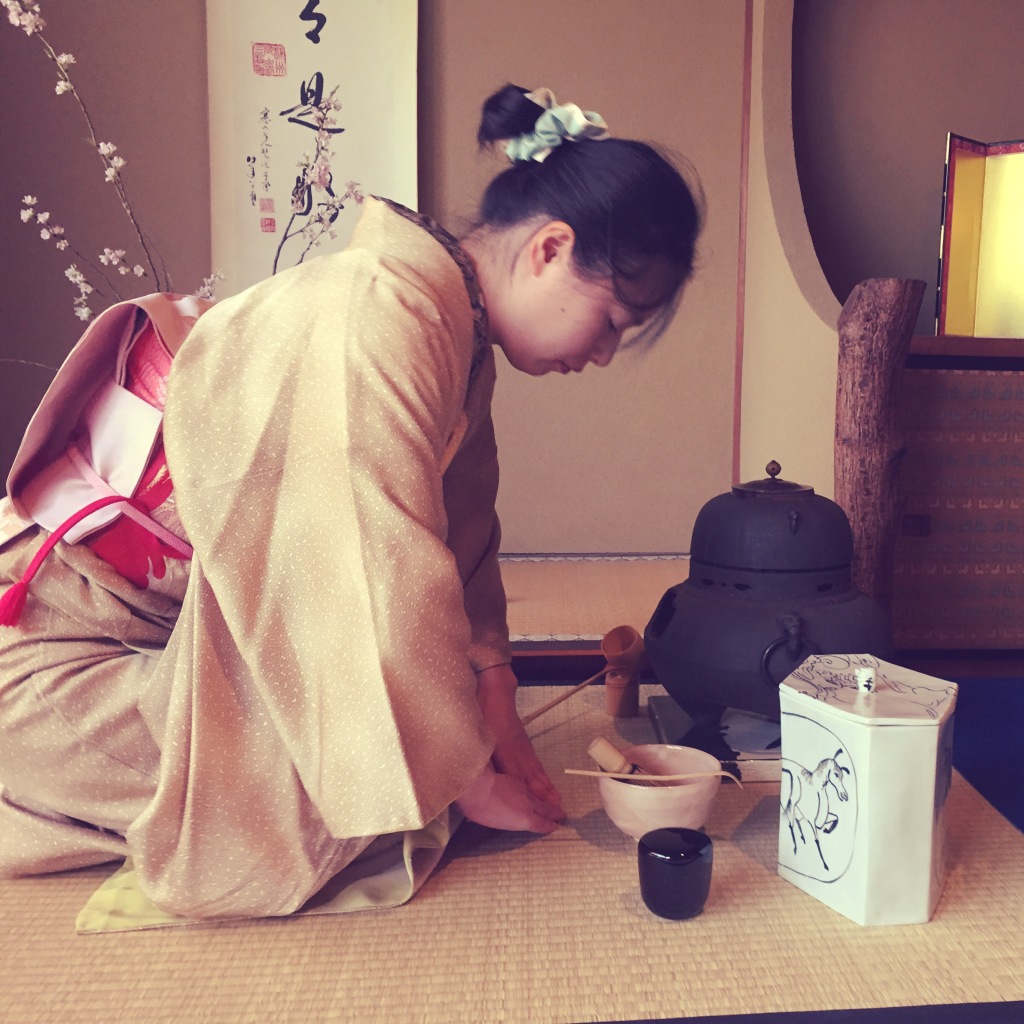
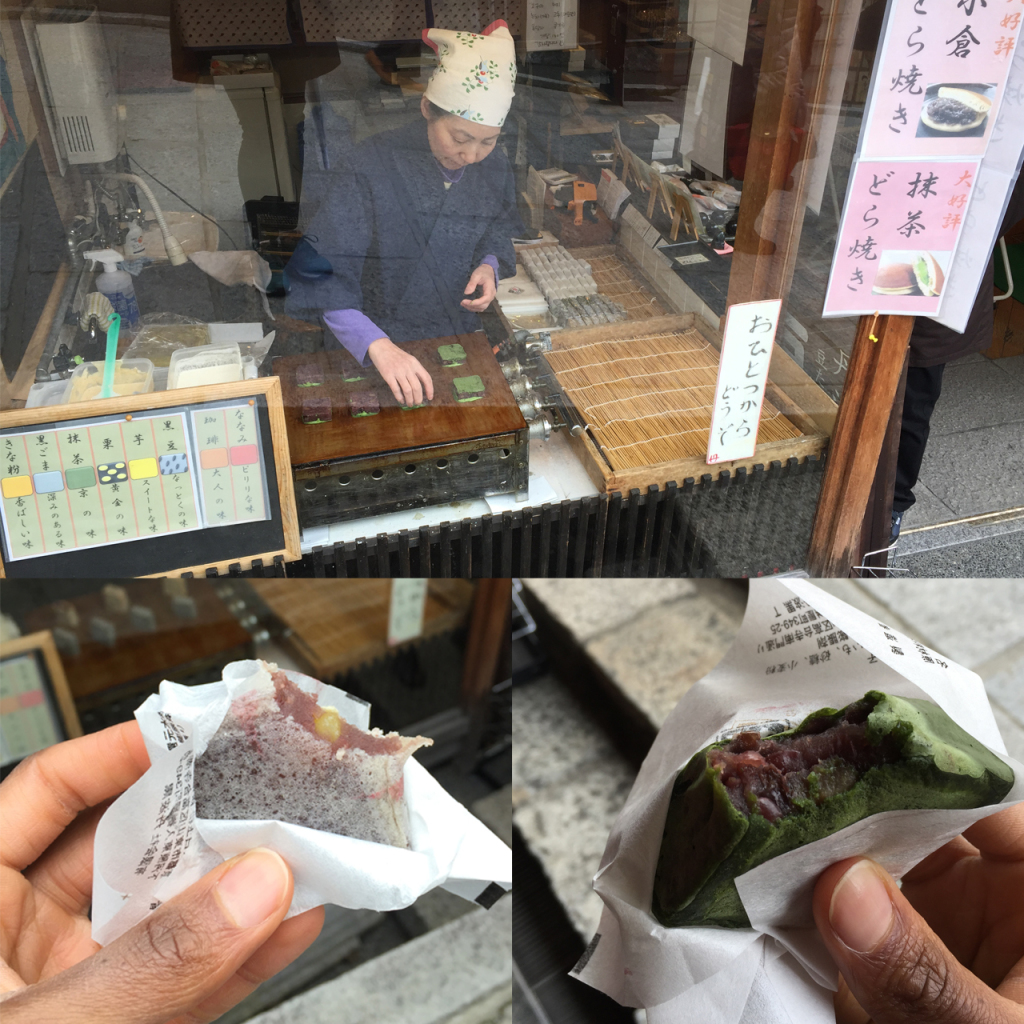
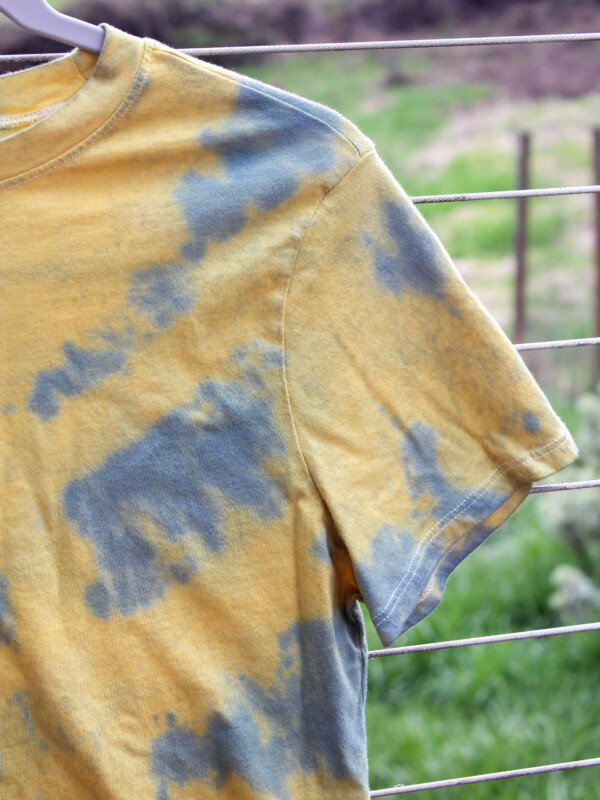
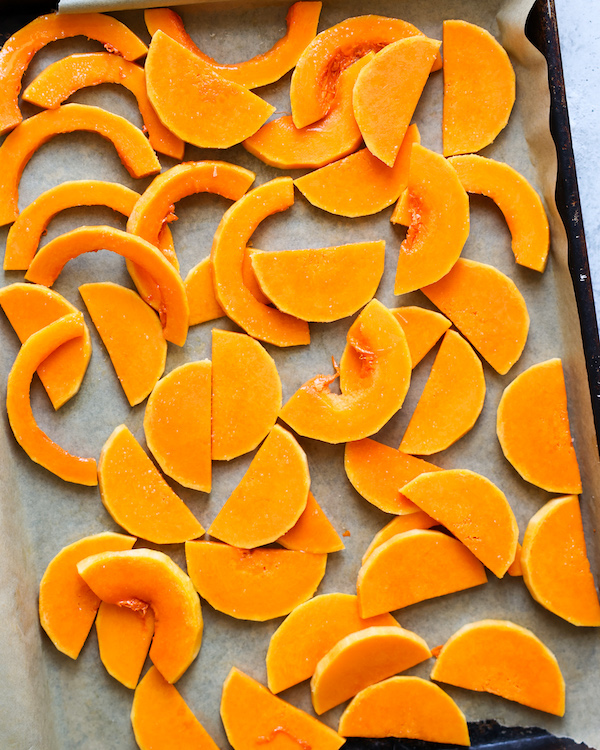

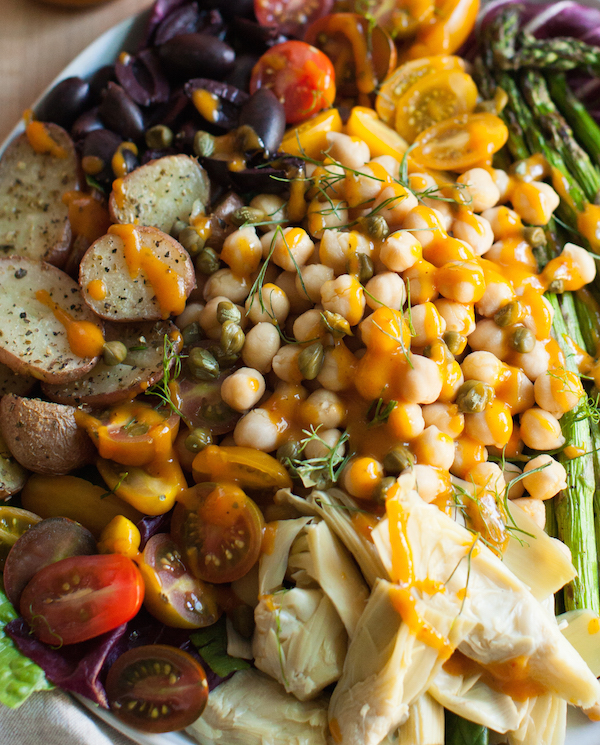






I recently found your Youtube channel and saw your videos about Japan. I also went to Japan a couple years ago and didn’t have any trouble being Vegan. I hope to go back in a couple years and see the places and things I didn’t have a chance to see the first time around. Thanks for sharing your experiences!
Thanks for commenting!! Japan is a wonderful place, isn’t it? Thanks so much!!
Hey Kendra! Thanks so much 🙂
Have a great time there. I hope you get to enjoy the blossoming cherry and plum trees!! xoxo
I’m so glad to hear you had an easy time of it, as I’ve read sooo much negative info about being vegan in Japan. I guess if you eat in mainstream as opposed to veggie restaurants the experience is probably different. Btw, can you clarify the price of the shojin ryori meal? First you say 3,000 yen and then later you say 30,000.
Thanks Wendy!!
Google translator is a savior when buying packaged food. With that you’ll be good.
The shojin was Y3,000, so a little under $30 🙂
That’s great, thanks! I had heard that shojin food was really expensive, but compared to Switzerland where I live $30 is not bad at all!
That’s great, thanks! I had heard that shojin food was really expensive, but compared to prices in Switzerland, where I live, $30 is not bad at all! Stupid question though: how would I use google translator when buying packaged food? Assuming I can’t type Japanese characters. Is there an OCR (optical character recognition) function?
Right, not that bad coming from NYC either 🙂
You can take a picture of text using the Google Translate app, and it will translate it right away! Amazin’, isn’t it?!
Ooh, that is a good trick!
Hi Jenne,
Welcome to NOLA! Enjoyed the post on Japan.
Thanks for the tip on Happy Cow, there are a bunch of places I haven’t heard of. The 3 on Oak St are supposed to be great.
If you get a chance, I would LOVE it if you could figure out the recipe for the carrot-ginger dressing on the salad at Kyoto2 in Elmwood. They also have a scrumptious bean thread noodle salad that could be made with a vegan mayo, but again I haven’t been able to figure out the ingredients/proportions.
One place not in Happy Cow is a Russian kitchen called Kukhnya, in the back of a bar named Siberia, in the Marigny on St Claude. They have a vegan beet- burger that’s yummy. Yeah, I know… Russian…New Orleans?
Enjoy your trip here and thanks for all your great recipes!
Lydia
Hey Lydia!! Thanks for those tips. I’ll make sure to check them out. Especially that burger. Guess what? I’m staying right by Siberia 🙂
Japanese food where I live has MSG, I am wondering if that is the case in Japan or is it just the American versions that contain MSG? I avoid the additive because of migraines.
Oh no! there seems to be msg in the products you find at the normal grocery stores. Things like that kelp jelly I ate, and another seaweed seasoning I bought have msg. When I realized that (googled around for english ingredients) I decided to avoid it. Still, I’m not sure what to think of MSG. Obviously if you know it brings on your migraines, then you wouldn’t eat it. I try to avoid it too.
People all over Japan and the rest of Asia have been using it for a hundred years, and are a lot healthier than us “westerners”. The Wikipedia article about it is pretty interesting if you like science stuff: https://en.wikipedia.org/wiki/Monosodium_glutamate
I have already read that as well as almost everything there is about MSG. Isn’t it weird how it can affect some people and not others, or people in different ways. I consumed it for 35 years without issue then suddenly my body won’t tolerate it. Thanks for the response, I have been wondering about it ever since we had to stop eating at the local Japanese restaurant. We now eat at a Chinese place where we know MSG is not on the menu.
Yes! totally bizarre! There are health food stores in Japan where you can buy products that don’t contain it. And if you’re cooking for yourself you will be fine. The fresh veggies, mushrooms, and seaweeds are so great without having to add a bunch of seasonings. Still, Google translate for text is helpful if you’re buying sauces and condiments at the store 🙂 You should visit, you’ll love it!
I can’t wait to see your upcoming recipes inspired by your trip!
I can’t wait to share! Thanks so much Wendy 🙂